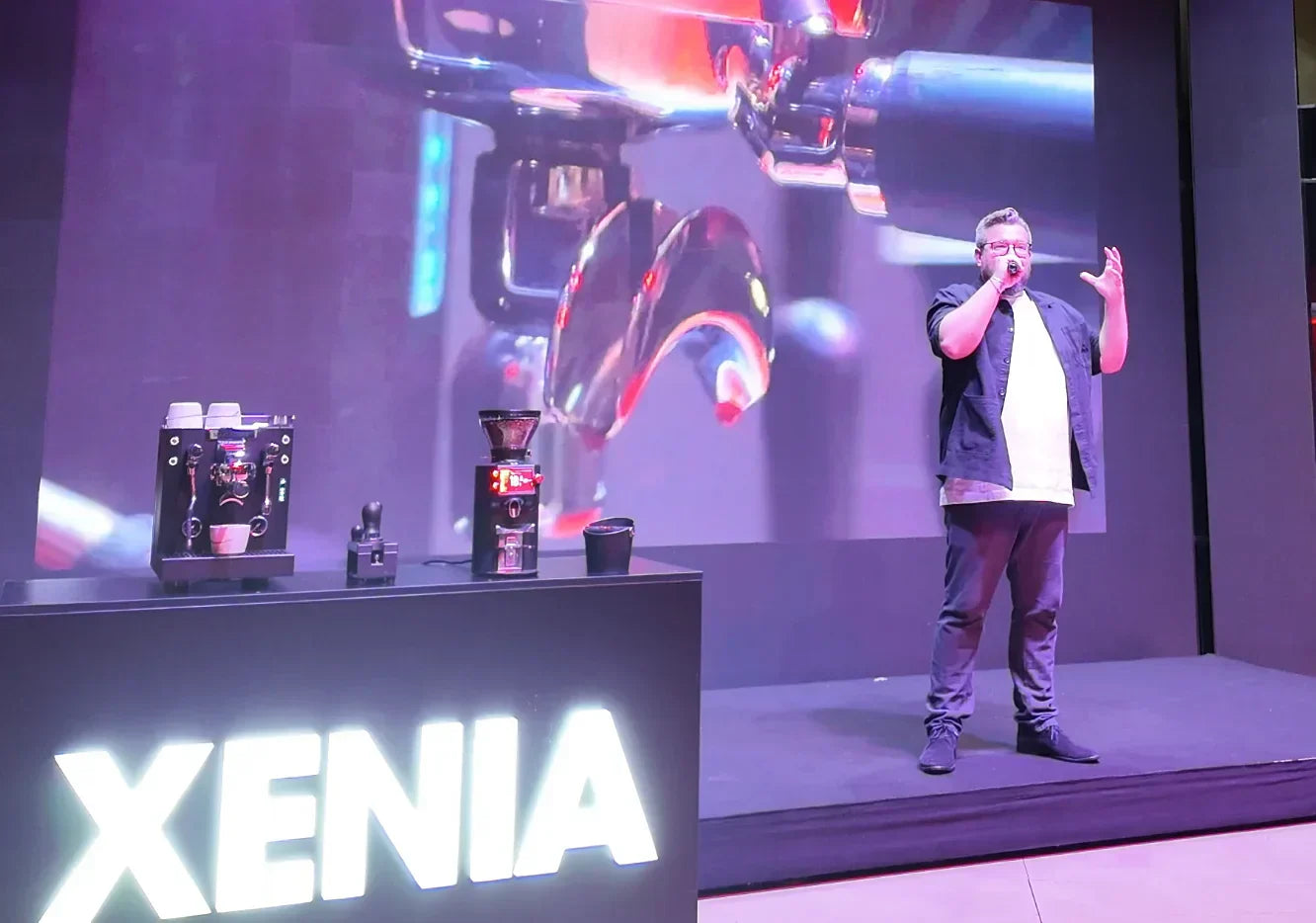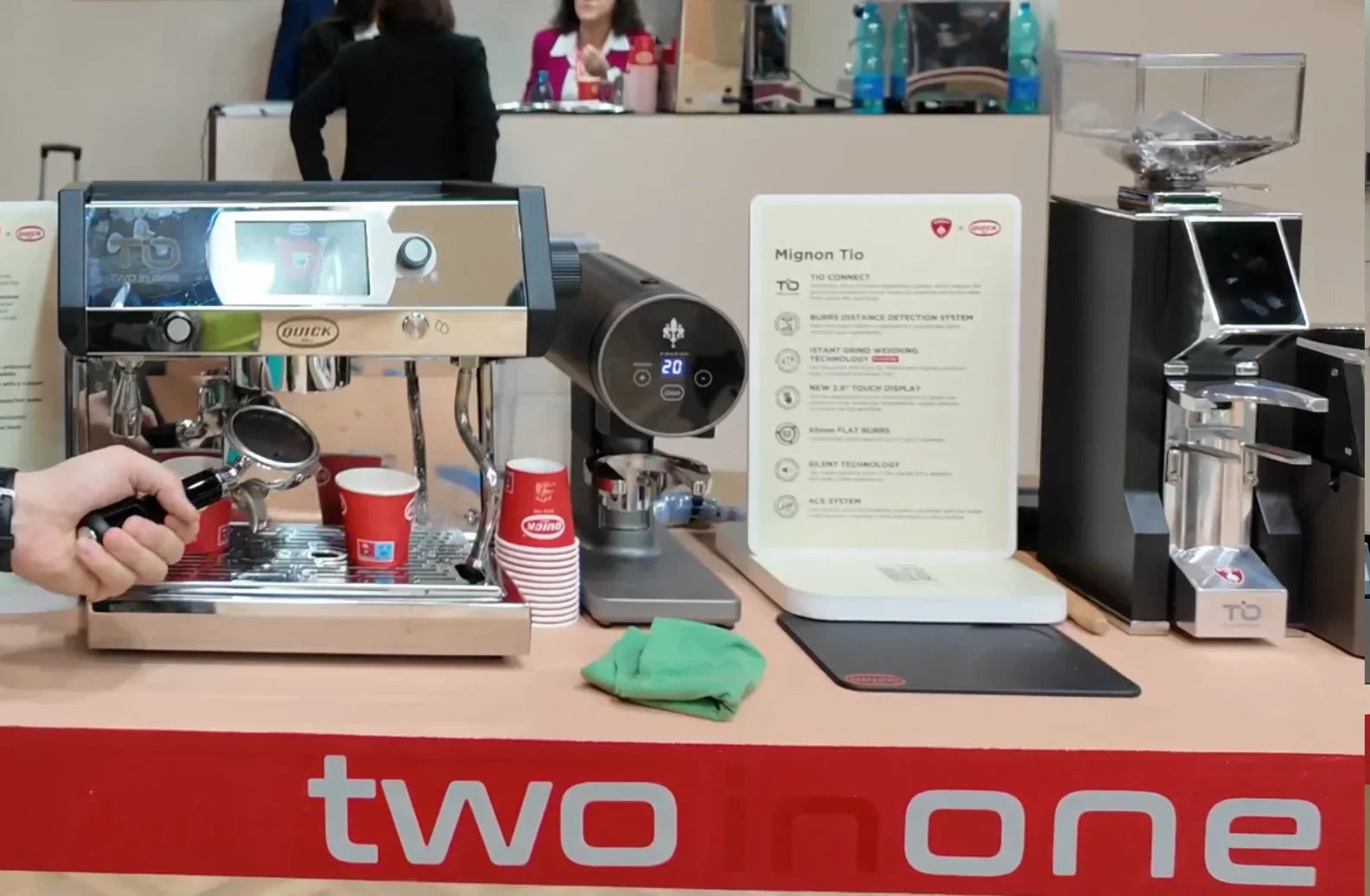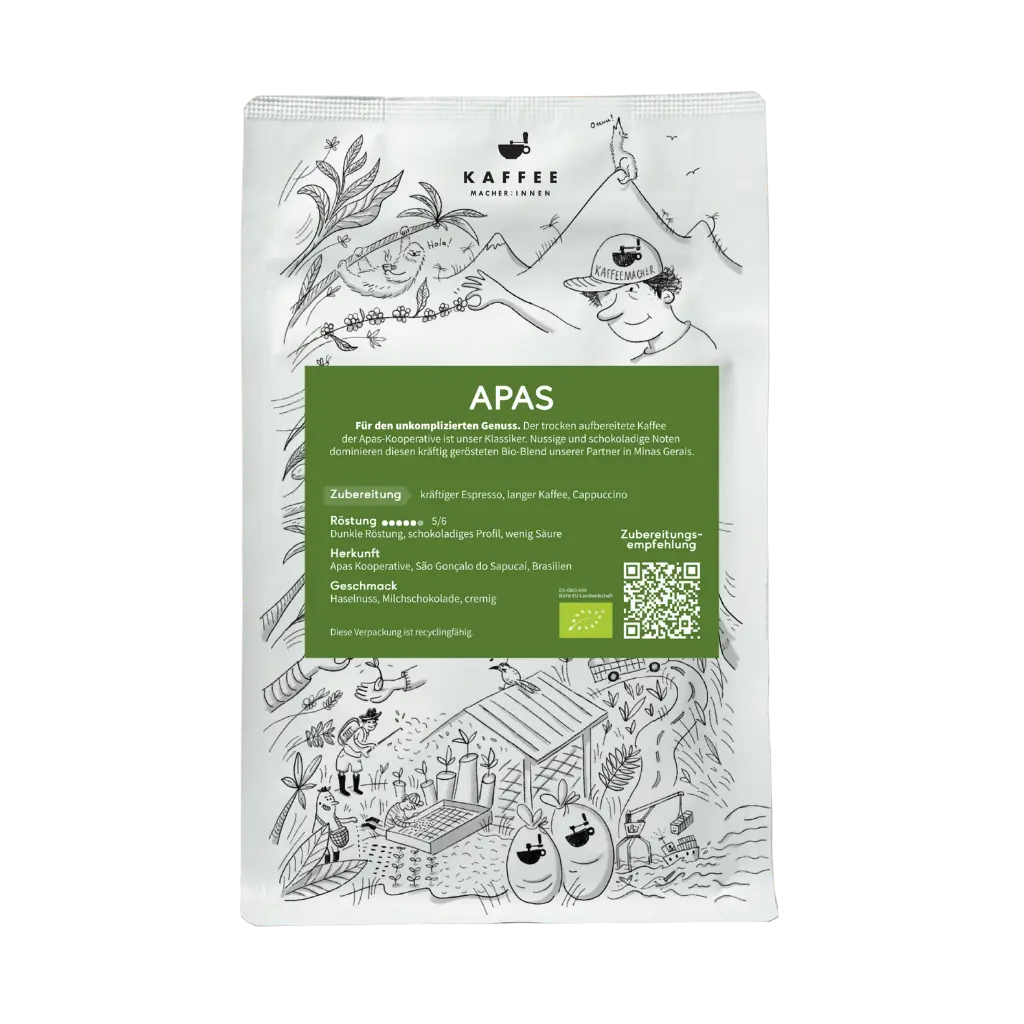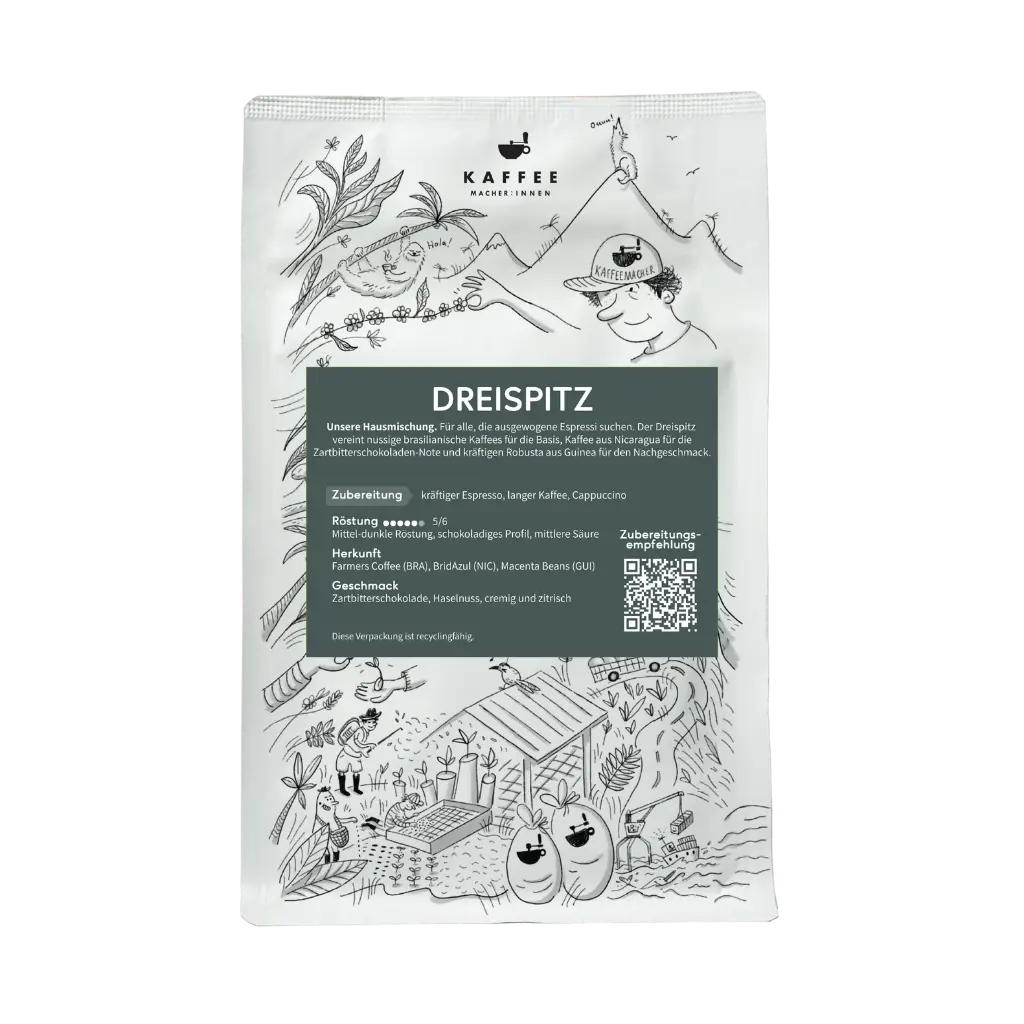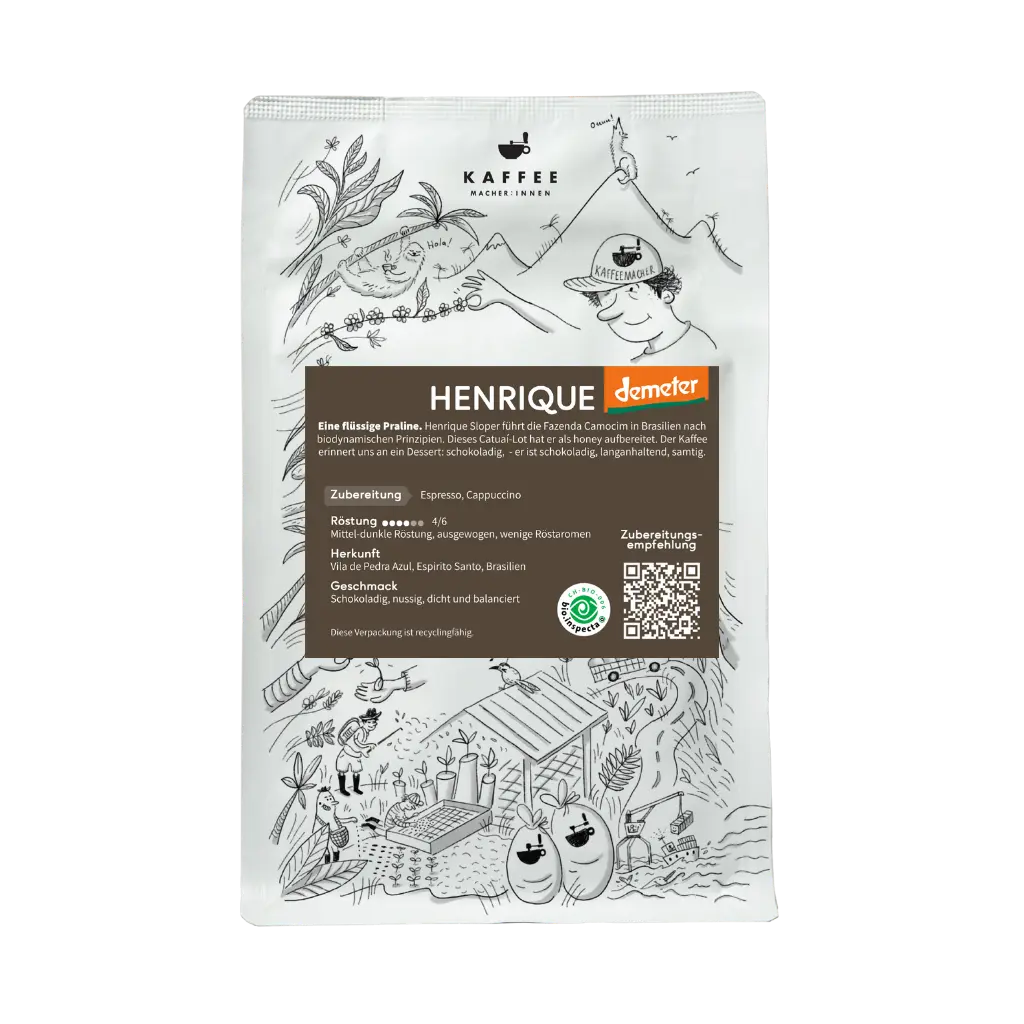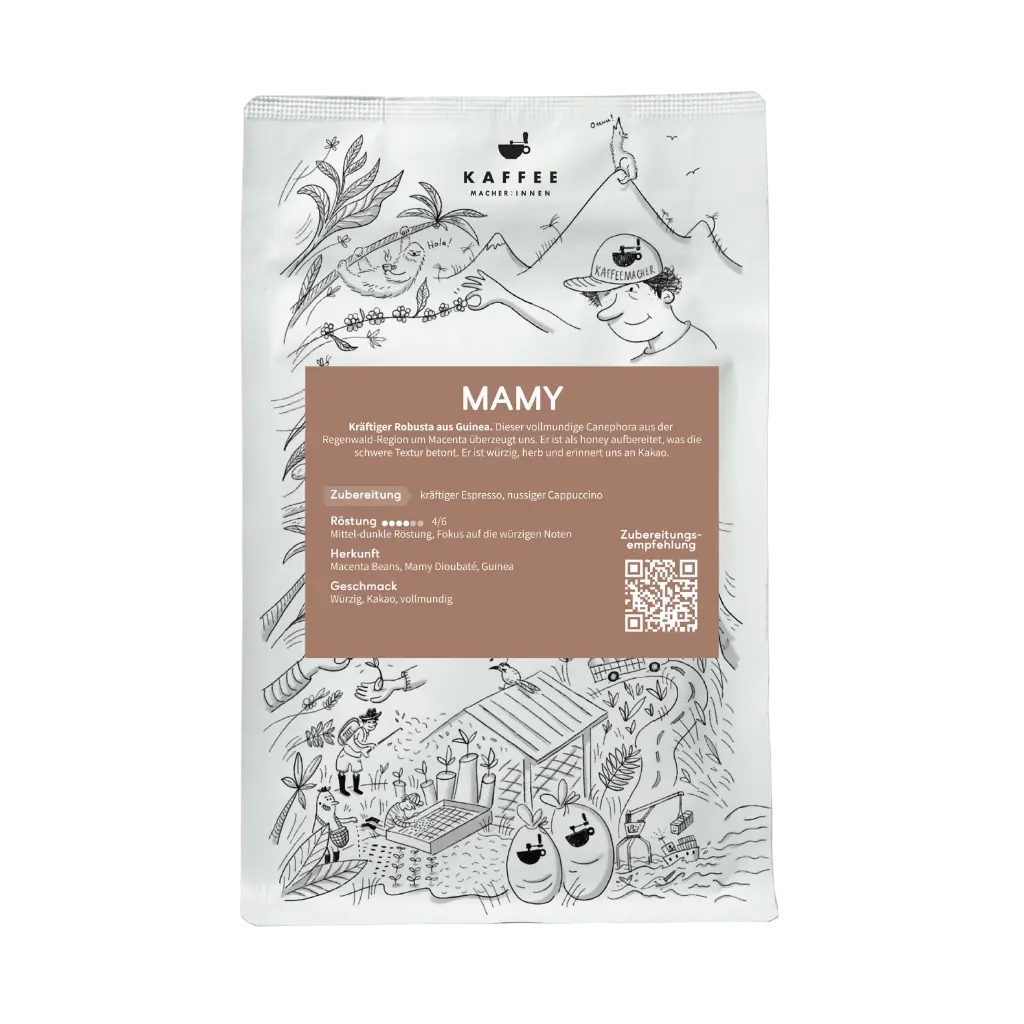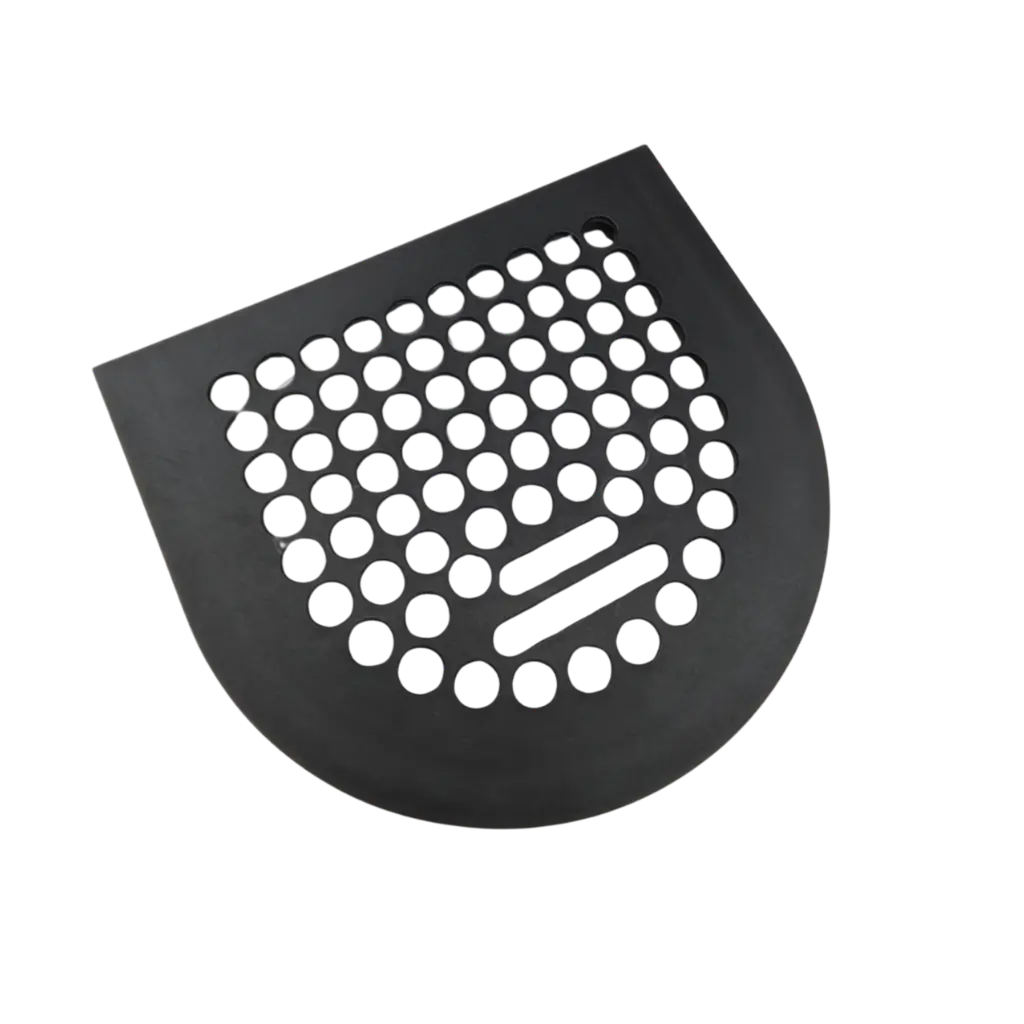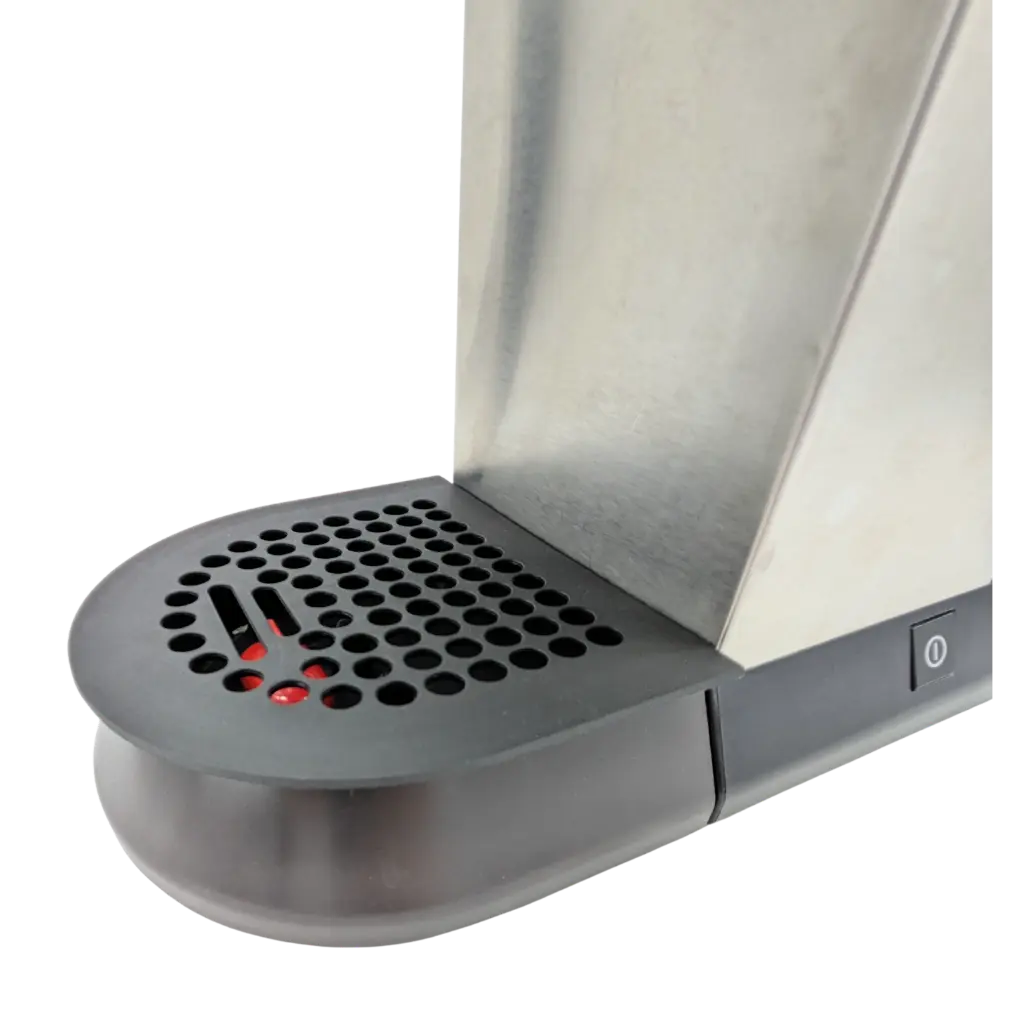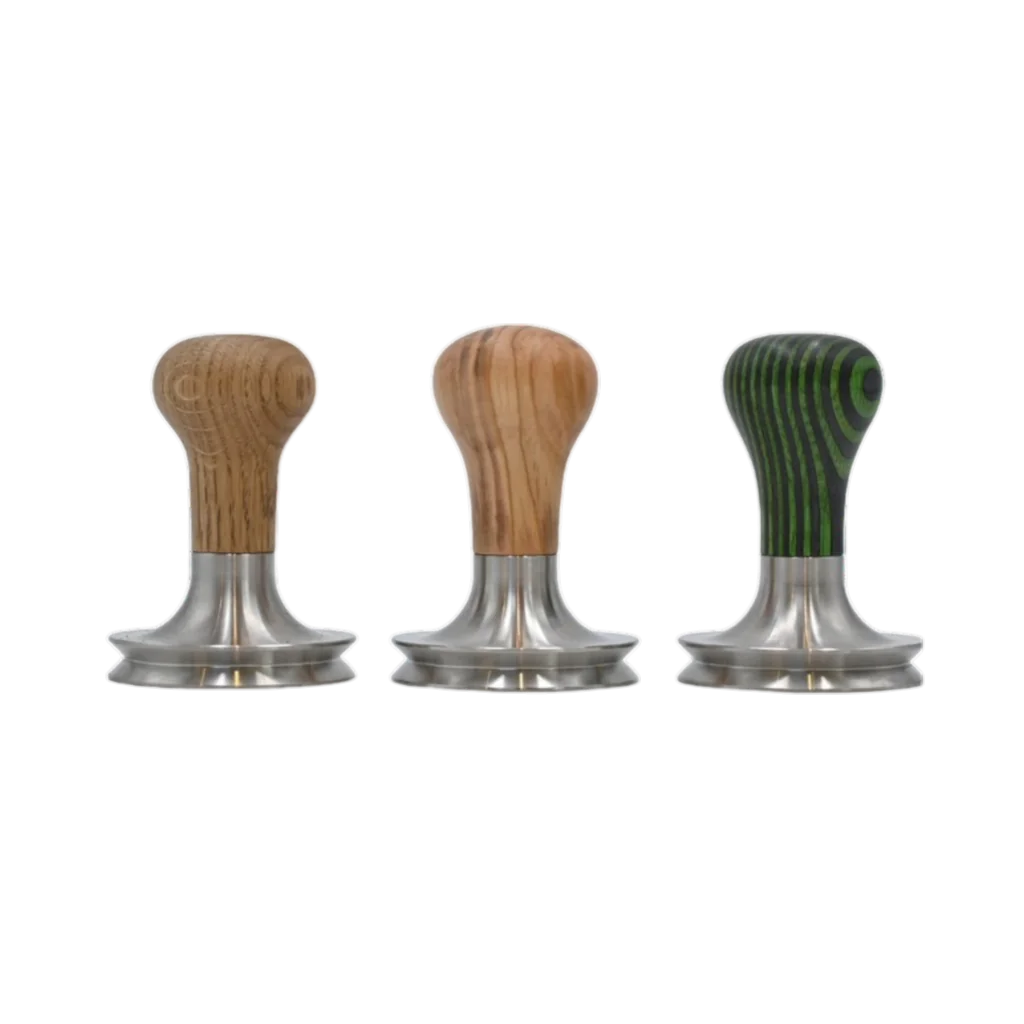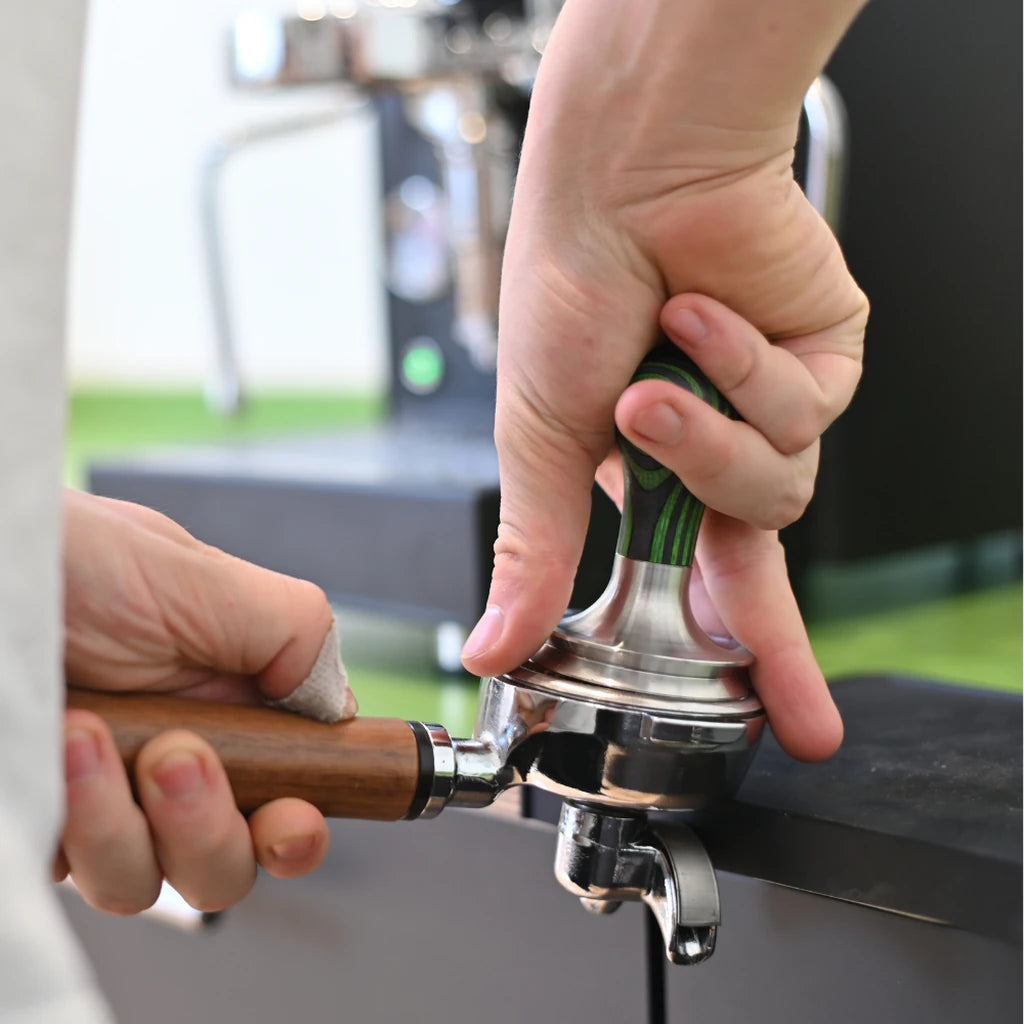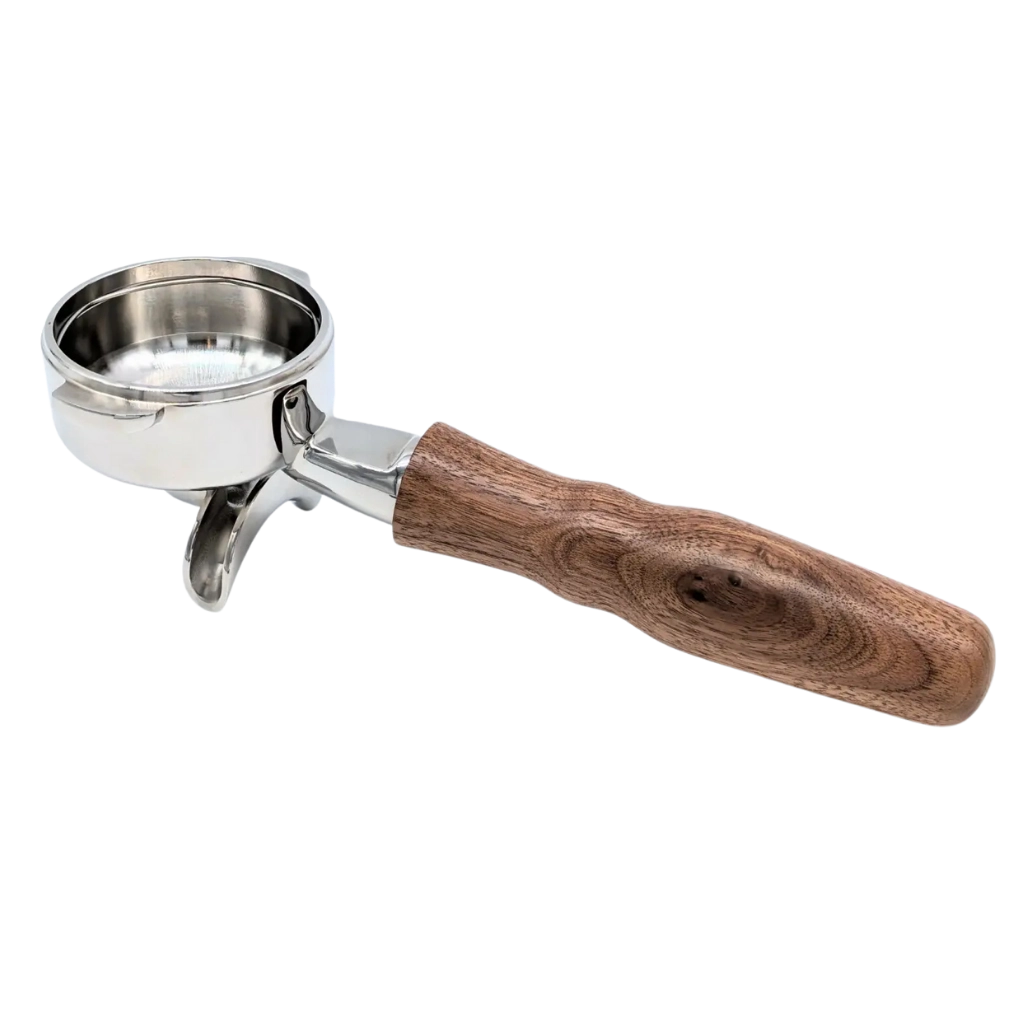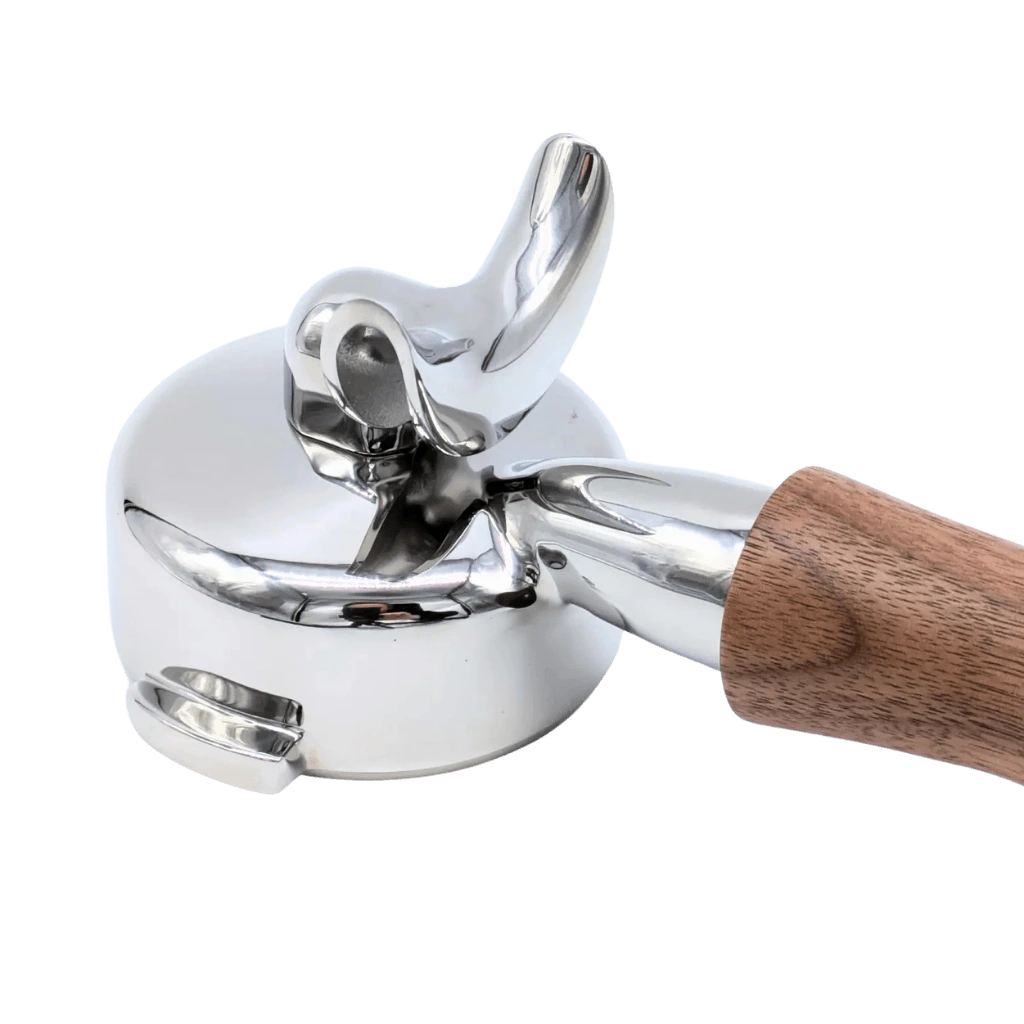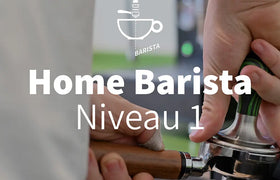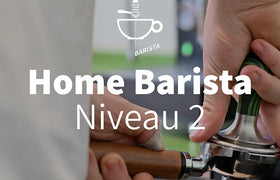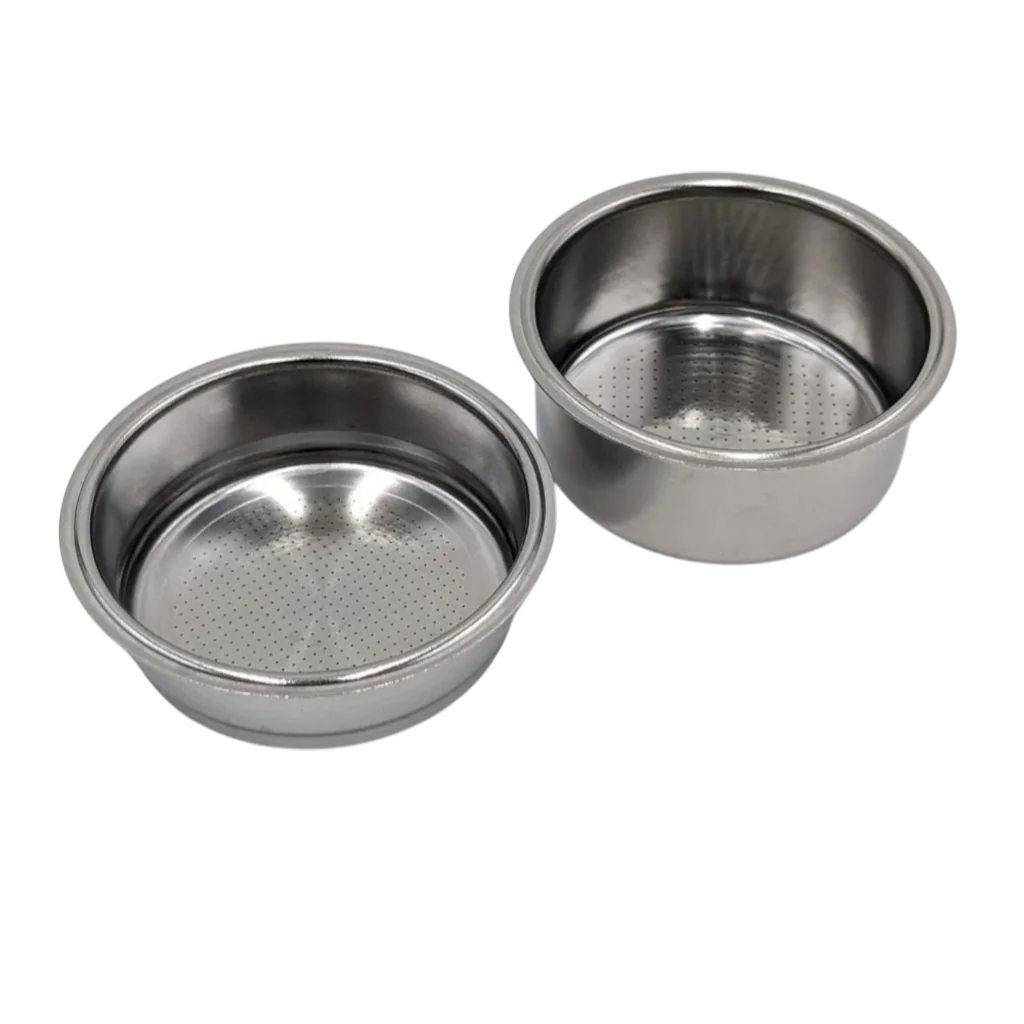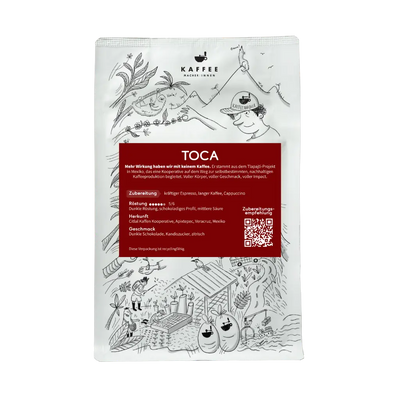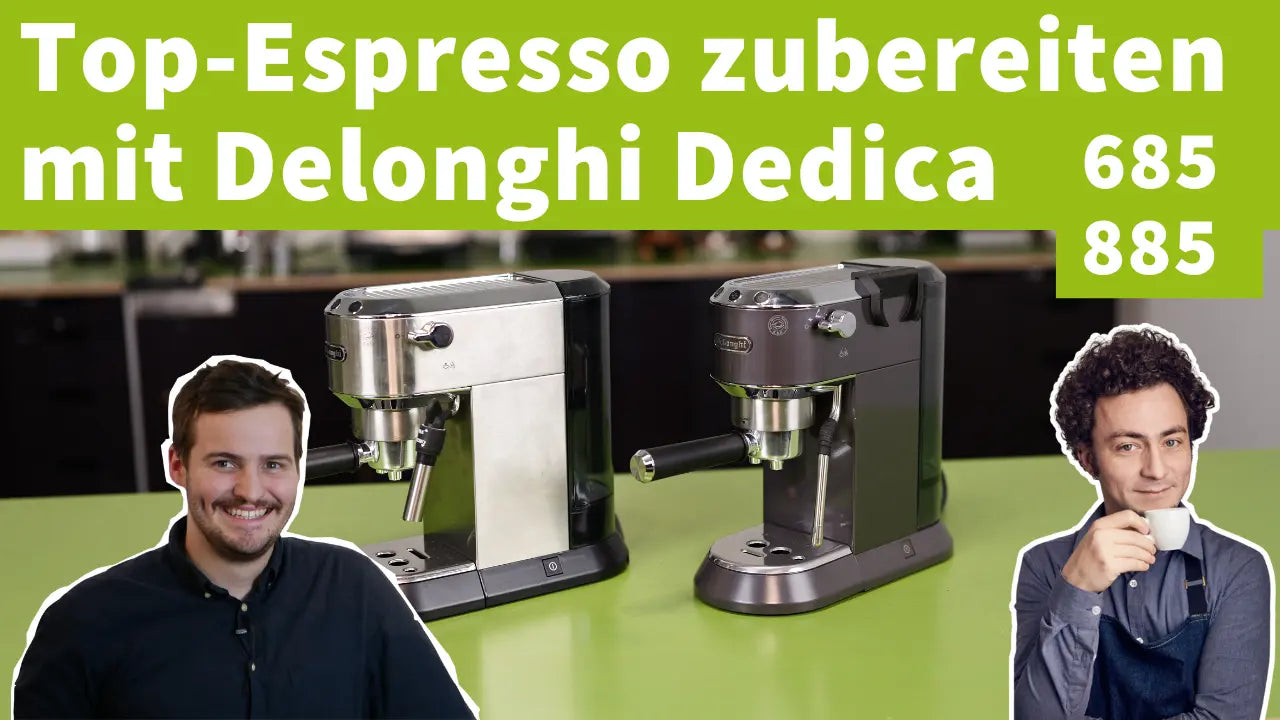They stand there. The chic espresso machine and the high-quality grinder, both polished to a high shine and perhaps even sent to a friend or two in a photo. But are you a little sour because your espresso doesn't really turn out well? Too sour? Too rancid? Somehow not convincing?
In this post we'll walk through 20 mistakes when making your espresso. If you follow all the tips, it's a good step towards a good espresso. Let's start:
1. The dirty portafilter
The portafilter should be clean and free of old coffee grease. Please remove the sieve from your portafilter regularly and clean both the back of the sieve and the inside of the portafilter.
2. The dirty espresso machine
Residue also remains in the shower. Old coffee powder, fats or other contamination. Regular cleaning is a must. You can find out how to do it here .
3. The oblique tamping
The water is pressed through the espresso puck under pressure. This is where the water looks for the least resistance. Tamping at an angle will result in uneven extraction and the espresso will not be extracted properly.
4. Distributing the ground coffee in the portafilter
Before you start tamping, you should first distribute the powder straight into the portafilter. Most grinders don't distribute the powder evenly on their own, so you should do this with your finger or a leveling tool. If you don't distribute the powder, you risk messy extraction and channeling. As a rule, we do not use a leveling tool, but rather carefully smooth out the flour with our finger and then carefully tap the portafilter twice on the tamping mat . We are talking about vertical compaction.
5. The machine is not hot enough
Every machine needs time to heat up before being used for the first time. An empty cover can also help here. It's best to use the time to grind a little powder from the mill before the first use of the day to "clean" the dead space. This is also how the first espresso of the day tastes.
6. Not pre-rinsed
After every espresso you should rinse the water out of the shower. You clean the shower and normalize the temperature for the next shower.
7. Incorrect tamper size
The size of the tamper should fit your portafilter as precisely as possible. There are very subtle differences, for example 58mm or 58.5mm. The better the tamper compresses the entire coffee cake, the more consistent the extraction.
8. Bad mill
The grinder is almost more important than the espresso machine because you have to set the right grind and the particle distribution should be balanced. This is the only way to ensure that your espresso is consistently good.
9. Old grinding disks in the mill
Grinding disks must be sharp, otherwise they will crush the beans instead of cutting them. They need to be changed from time to time. Don't worry, this isn't necessary every year, but usually only after a few years.
10. The cups on the machine
The cup should rest on the bottom of the cup on the machine. The lower part of the cup is warmed through and the espresso does not cool down too quickly. It's also more hygienic this way.
11. Old coffee
It's best to only fill the mill with as much as you'll use in a maximum of 48 hours. Not too much time should have passed since the roasting date; it is best to use the coffee in the first 4-8 weeks after roasting.
12. Fresh coffee
Fresh, but not too fresh. The coffee needs at least a week to release CO². That's why you should wait at least this week before using it.
13. Channeling
Channeling means creating a channel within the coffee cake. The water flows too quickly through this channel and under-extraction occurs. Your espresso is sour. Carefully clamp the tamped portafilter and do not knock anything against it so that no cracks in the coffee cake and thus channeling occur.
14. Hard water
Too many minerals make the water hard and that is neither good for your machine nor for the taste of the coffee. The acid is no longer properly integrated into the drink. Water that is too hard can have a massive impact on the lifespan of your portafilter machine. If your water is too hard, you will have to filter it or use purchased water. You can find out what level of hardness your water has from your water supplier or, even more precisely, if you test it yourself (go to the water test kit ).
15. Incorrect grind size
The extraction should take between 25-35 seconds. If the coffee flows too quickly it becomes sour (under-extraction), if it flows too slowly it becomes bitter (over-extraction). You regulate the throughput speed via the grinding degree of the powder. Too fast, then you have to adjust the grinding finer. Too slow, then it must be coarser powder.
16. Brewing ratio
There are so-called brewing recipes when preparing espresso. How many grams of coffee powder become how many grams of coffee drink. We recommend a brewing ratio of 1 to 2.5 or even 1 to 3 (10 grams of coffee becomes 25 or 30 grams of espresso. The brewing recipe is rounded off by the brewing time, which is in the range of 25-35 seconds. This varies depending on the coffee "Sweet spot" and every person tastes different. In our coffee descriptions we always give you a brewing recipe as to how we find this coffee to be tastiest. This can serve as a basis for "your" brewing ratio Blog post How much coffee per cup .
17. Please stir
Please stir the espresso in the cup after extraction. This way you distribute all the extraction phases together and your espresso tastes more balanced.
18. Fake coffee
Not bad, but wrong. Espresso should be brewed from espresso beans. Filter coffee, for example, is roasted much lighter, which is not compatible with the way espresso is prepared.
19. The temperature
The temperature at which the water hits the coffee puck should be between 92 and 93.5 degrees. You can usually achieve a constant temperature with intermediate rinsing. Temperatures that are too high or too low will massively change the result in the cup.
20. Bad coffee
Even if you buy the right type of beans, there are big differences in the quality of the coffee. It's best to get your coffee from local or transparent coffee roasters who understand their craft and can also advise you. For example, if a coffee does not have a roasting date printed on it, the age is unknown and the coffee is usually not fresh, but old.
After 20 mistakes have been named, our article Preparing espresso - step by step will help you if you have any further questions .

